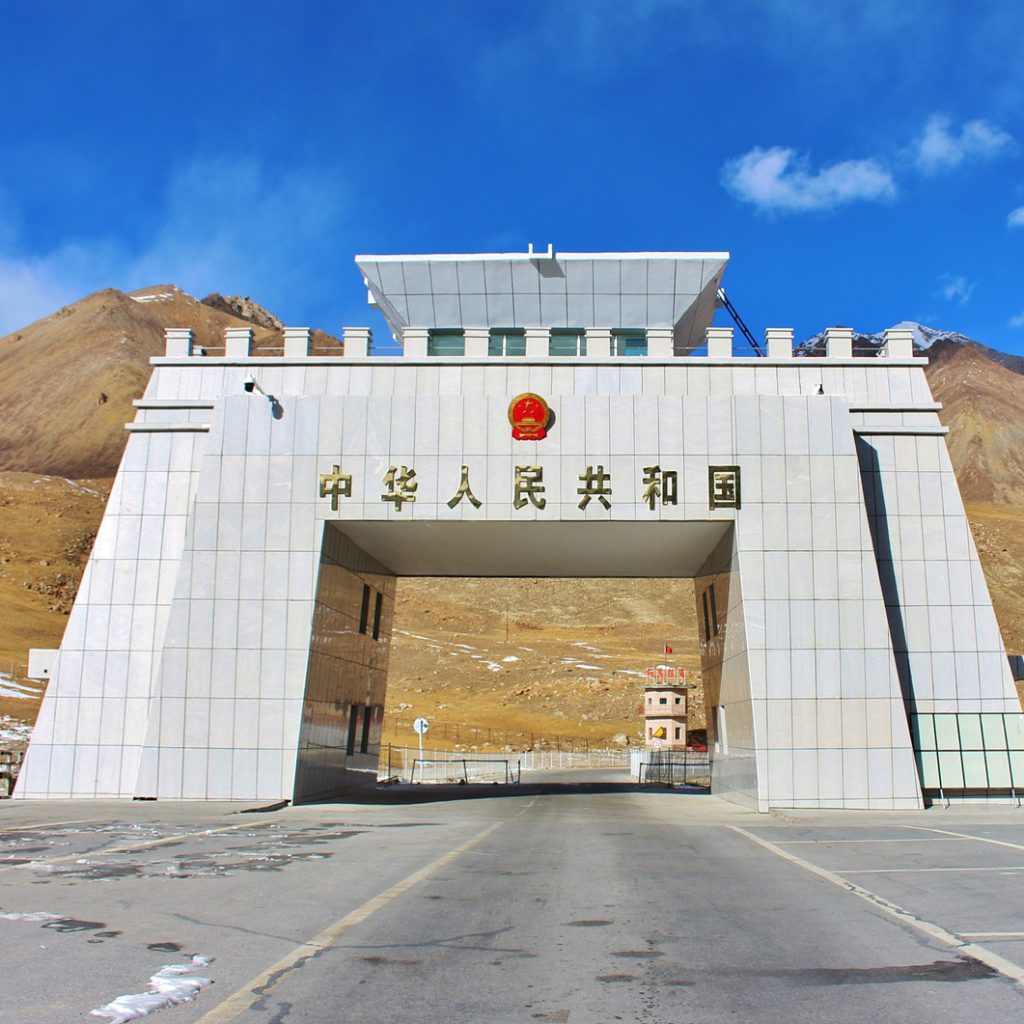Hunza Overview
Hunza Valley is a mountainous region in Gilgit Baltistan, Pakistan. Hunza was formerly a princely state, bordering China to the northeast and the Pamirs to the northwest, which survived until 1974 when it was dissolved by Zulfikar Ali Bhutto. The state adjoined the Gilgit Agency to the south, and the former princely state of Nagar to the east. The capital of the state was the city of Baltit (also known as Karimabad) and its old settlement is Ganish Village.
The light-skinned, light-eyed Hunzakuts claim to be descendants of soldiers lost from Alexander’s army when he invaded India, although genetic studies have disproved this claim. The language, Burushaski, provides a mystery to linguists because it is not related to any other language.
The beauty of this mountain paradise is unsurpassed; from the soft blossoms of the apricot trees to the dark snowy rock monuments of Rakaposhi (7788m.), the recently climbed Ultra Peak (7388m.) with its vivid blue background high above and Bublimoting Peak.
Most of the people in Hunza are Islamic Muslims, followers of the Aga Khan.
Regions
Upper Hunza, Gojal – Upper Hunza (Gojal) is a beautiful valley where there are three different linguistic people, Burushaski speakers originated from central Hunza and migrated during the Ayashoo kingdom and Wakhi speakers oriented from Wakhan Corridor. 65% of the population includes Wakhi speakers and the remaining 34% are Burushaski speakers. The third dialect of Domki compared to 1% and their families found in Nazim abad and Shishkat village.
